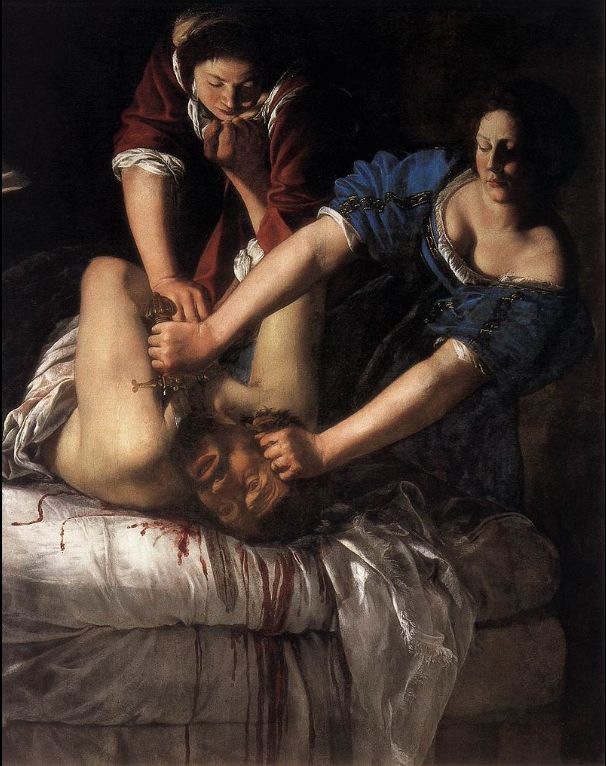In the 17th century, Italian art held a prominent position in European art history due to its unique style and rich cultural heritage. During the early reign of Charles I, his admiration for Italian artworks led him to invite two painters from the Bolognese School to England. However, these two painters declined the invitation. Subsequently, Orazio Gentileschi and his daughter Artemisia Gentileschi were invited to England. Their stay in England significantly contributed to the spread of Italian artistic styles.
Orazio Gentileschi (1563-1639) was a prominent painter of the Italian Baroque period. His works are renowned for their delicate brushwork and precise use of light and shadow. As a follower of Caravaggio, Orazio excelled in the use of chiaroscuro, which filled his paintings with dramatic and realistic effects. One of his representative works, "The Annunciation," showcases his exceptional control over light and shadow.

Artemisia Gentileschi (1598-1652), Orazio's daughter, was also one of Italy's most outstanding female painters. Her artistic style was deeply influenced by her father and Caravaggio, but she incorporated more personal emotions and social critiques into her work. Her painting "Judith Slaying Holofernes" is a Baroque masterpiece, notable for its intense drama and non-idealized portrayal of characters.

Artemisia's achievements in art were not only due to her skill but also closely related to her personal experiences. She was sexually assaulted by her teacher and underwent the torture of thumb screws in court to prove her testimony. Despite these ordeals, Artemisia did not abandon her artistic pursuits. On the contrary, these experiences made her more determined to express female strength and resistance in her works. She excelled in depicting scenes where women played dominant roles, and her works often reflected on the status of women and social injustices.
In Naples, Artemisia's artistic style was influenced by Spanish painter Jusepe de Ribera (1591-1652). Ribera had lived in Naples for a long time, and his realistic painting style had a profound impact on local art. Artemisia absorbed Ribera's techniques and developed her unique style.
Notably, Artemisia's works were recognized and praised by many prominent figures of her time. Galileo once suggested that the Grand Duke of Tuscany purchase her works, a testament to her high artistic value. She spent most of her time in Naples, creating many important works there. Her art was not limited to religious themes but also included numerous historical and mythological stories centered around women. These works were filled with dramatic realism and intense emotional conflicts.
Meanwhile, Orazio's activities in both Italy and England also had a significant impact on the art world. During his time in England, he created numerous works for Charles I, including "Saint Cecilia" and "The Annunciation." Orazio's works not only demonstrated his mastery of light and shadow but also his delicate portrayal of human emotions.

The artistic achievements of Artemisia and Orazio Gentileschi were widely recognized not only in Italy but also in other European countries. As a pioneer among female artists, Artemisia's story and works inspired many later female artists, helping them find their place in a male-dominated art world. Her art was not just a pursuit of beauty but also a celebration of female strength and wisdom.

Overall, the artistic achievements of Artemisia and Orazio Gentileschi and their place in art history reflect the brilliance and richness of Italian Baroque art. Their works have high artistic value and carry profound cultural and historical significance. Through their combined efforts, Italian artistic traditions spread and thrived in England, injecting new vitality into European art. They were not only artists but also cultural ambassadors, connecting different countries and people through art. With their brushes, Artemisia and Orazio Gentileschi wrote a chapter of art filled with passion and strength, leaving a valuable cultural legacy for future generations.